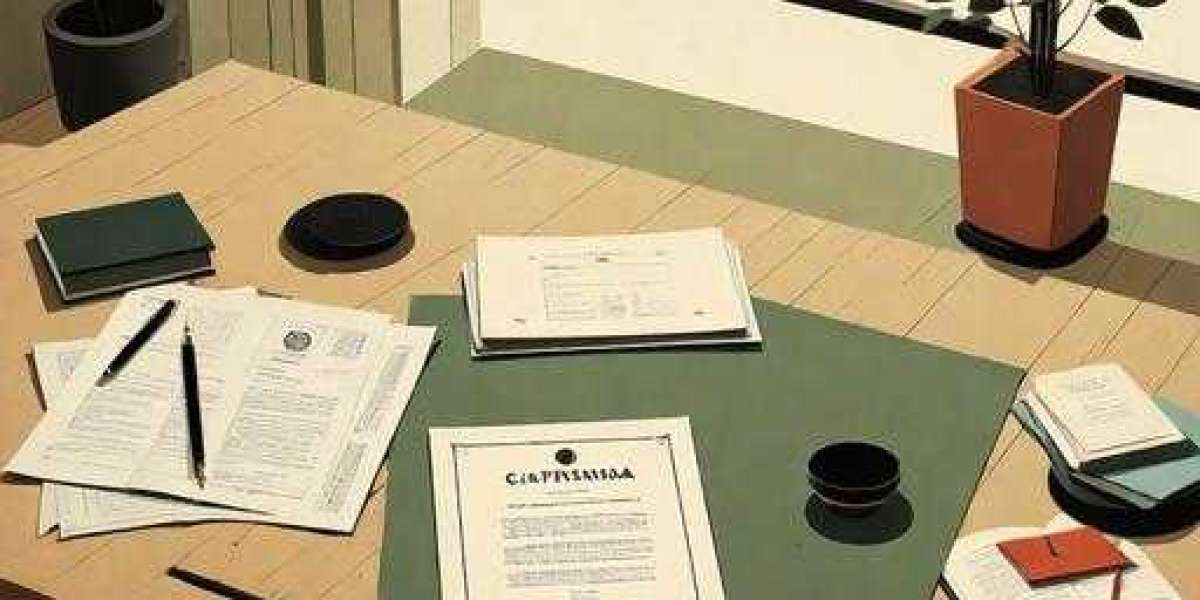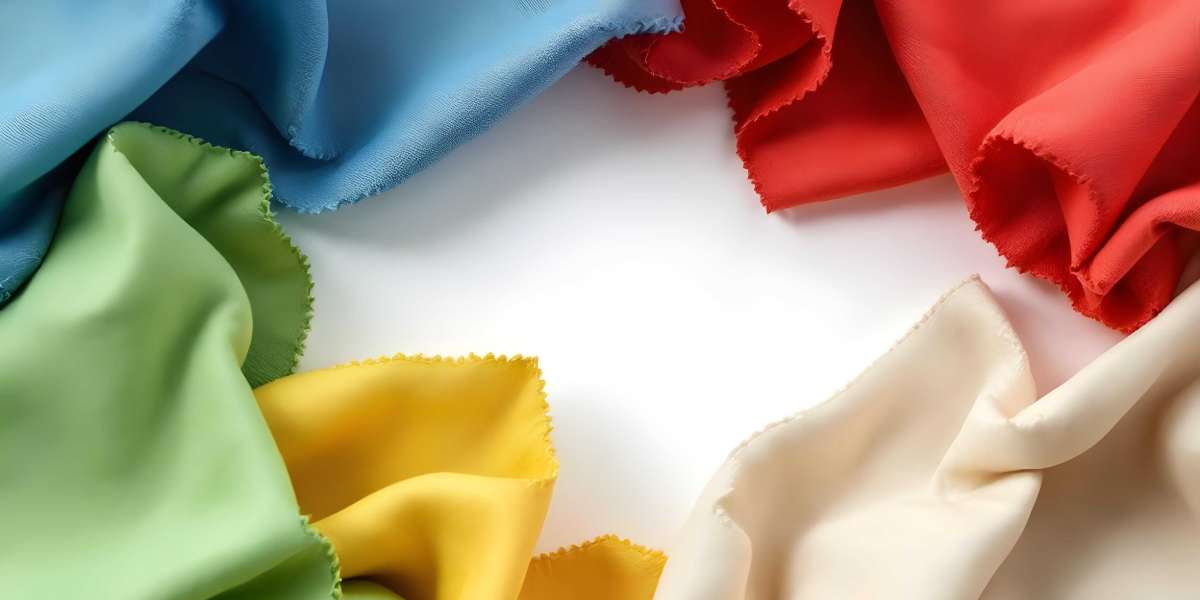In an era where sustainability meets style, linen fabric stands as a testament to nature's ingenuity and fashion's future. As designers shift to eco-friendly materials, linen leads in sustainable fashion. It offers both green benefits and creative potential. The Natural Appeal of LinenLinen, from the flax plant, is a top eco-friendly fabric for designers. Unlike conventional cotton, flax needs minimal water and pesticides to grow. This makes it a sustainable crop. The entire flax plant is used in many industries, from textiles to oil. Its processing creates no waste. For designers using platforms like Fabriclore, linen is an opportunity. It can help them create eco-friendly collections that meet consumer demand. Fabriclore is India's top bulk fabric sourcing platform. The platform offers a wide range of linen fabrics. They come from over 50 mills in India and abroad. Designers can trust their quality and sustainability. Design Versatility and Aesthetic AppealLinen's natural characteristics offer designers unique creative advantages: The fabric's slubbed texture adds depth and character to garments. It creates visual interest without extra embellishments. Its natural drape evolves with wear. It develops a lived-in elegance that appeals to modern consumers. Color Absorption: Fabriclore's dyeing services let linen absorb natural and synthetic dyes. Designers can achieve rich, long-lasting colors while keeping the fabric's natural texture. The platform's dyeing techniques let designers test various finishes and effects. Print Compatibility: Linen is a great canvas for patterns. It works with screen printing, digital printing, and hand block printing. Fabriclore's printing services let designers bring their visions to life. They also keep the fabric's sustainable credentials. Sustainable Design PracticesModern designers are incorporating several eco-friendly approaches when working with linen: Zero-Waste Pattern Cutting: Linen's stable structure is perfect for zero-waste pattern cutting. It lets designers use all the fabric and reduce waste. Natural Finishing: Many designers prefer natural methods over chemical treatments. These methods enhance linen's properties and keep it biodegradable. Durability-Focused Design: Linen's durability lets designers create long-lasting, sustainable garments. They promote slow fashion and sustainable consumption. Quality Assurance and Technical ConsiderationsWorking with linen requires attention to technical details to achieve optimal results. Fabriclore's 4-point quality check ensures every meter of linen meets high standards. It gives designers reliable materials for their collections. The platform's technical support team assists designers in understanding:
Market Response and Consumer EducationThe growing awareness of sustainable fashion has created a receptive market for linen designs. Designers working with platforms like Fabriclore can leverage the following advantages: Transparent Sourcing: The ability to trace linen from field to fashion adds value to collections and builds consumer trust. Customization Options: Lower minimum order quantities (MOQs) allow designers to experiment with custom designs while minimizing waste and inventory. Technical Documentation: Internationally accepted test certificates support sustainability claims and provide confidence to environmentally conscious consumers. Future PerspectivesThe future of eco-friendly design with linen looks promising. New processing and finishing techniques are expanding creative options. Fabriclore's commitment to sustainability and innovation supports designers in:
Practical ImplementationFor designers looking to incorporate linen into their sustainable collections, consider these approaches:
ConclusionUsing linen for eco-friendly designs is more than a fashion choice. It's a commitment to sustainable practices that benefit the environment and the industry. Designers can access quality materials via platforms like Fabriclore. They also get technical support and innovative solutions. These make sustainable fashion practical and profitable. As we pursue a sustainable future, linen's role in eco-friendly design is growing. This is due to better processing techniques and a rise in demand for eco-friendly fashion. Designers and platforms like Fabriclore show that traditional materials can be sustainable. They meet modern needs. Their work creates beautiful, purposeful fashion. For designers ready to embrace sustainable fashion, linen is perfect. It combines eco-friendliness with creative potential. It is a path to a sustainable future for fashion. |
Search
Popular Posts
-
 Canadian pharmaceuticals online safe
Canadian pharmaceuticals online safe
-
 Australian Extra Virgin Olive Oil: Taste the Essence of Aussie Basket Gourmet Delight
Australian Extra Virgin Olive Oil: Taste the Essence of Aussie Basket Gourmet Delight
-
 Aviator Game: The Thrill of Flying High
By annamdkkd
Aviator Game: The Thrill of Flying High
By annamdkkd -
 Надежный магазин с огромным каталогом документов
By sonnick84
Надежный магазин с огромным каталогом документов
By sonnick84 -
 Buy Creality 3D Printer from WOL3D Coimbatore - Unleash Your Creative Potential
Buy Creality 3D Printer from WOL3D Coimbatore - Unleash Your Creative Potential
Warning: foreach() argument must be of type array|object, bool given in /home/u155876882/domains/globalfreetalk.com/public_html/themes/wowonder/layout/blog/main-sidebar.phtml on line 46




